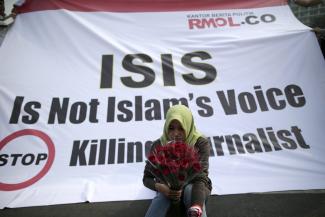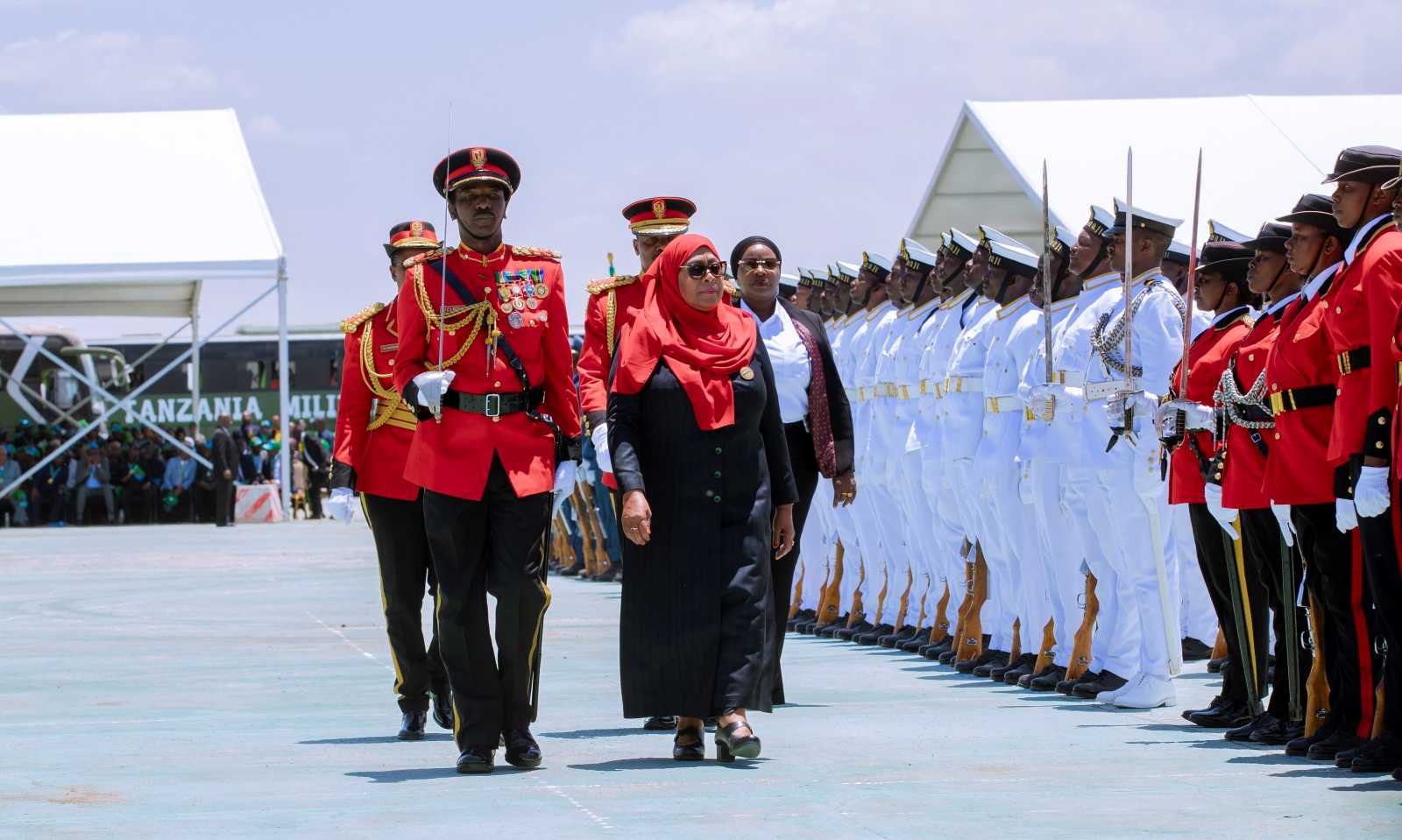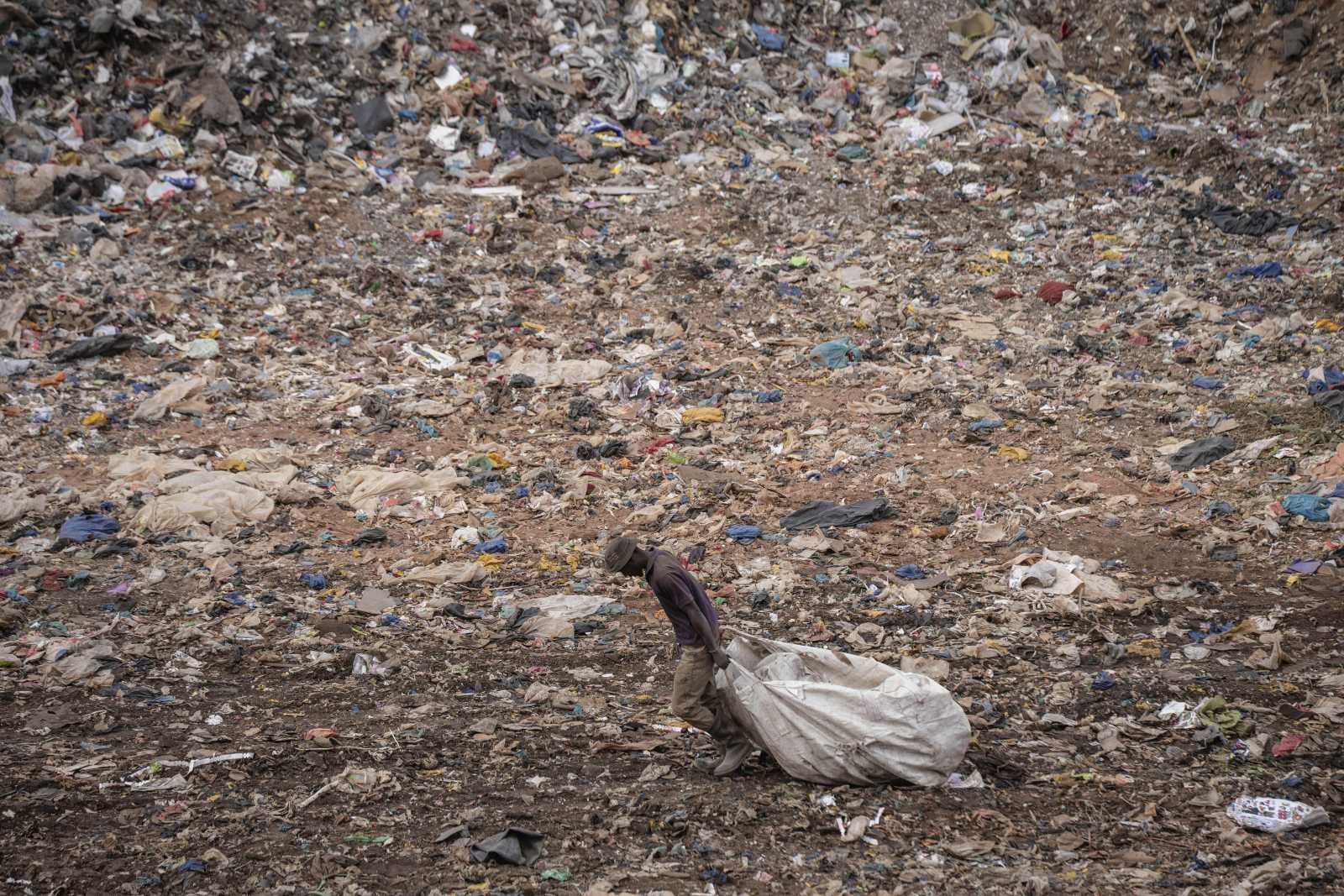Online propaganda
Countering the media strategy of ISIS

ISIS is waging battle on many fronts – with weapons and violence in Iraq and Syria, and with a media strategy focusing on the internet. The virtual world is proving to be effective for expanding ISIS influence. ISIS is propagating a clandestine system of outreach that is designed to swell the ranks of its supporters by attracting new target groups.
But what makes ISIS and its message so attractive? What draws supporters like 21-year-old Arid Uka to the group? Originally from Kosovo, Uka lived in Frankfurt and temporarily worked at the Frankfurt Airport. He was not known to Germany’s Federal Criminal Police Office or to Germany’s domestic intelligence service (Verfassungsschutz).
On 2 March 2011, Uka killed two people in the first successful terror attack on German soil that was motivated by Islamist ideology. It shocked Germany’s security agencies and left many wondering how this could have happened and why they hadn’t known about Uka beforehand. The answers were sobering: in a relatively short time span, the young man from Kosovo had been radicalised, sitting in front of his computer in Germany. Like many others, he had consumed the propaganda spread by radical Islamist preachers. It gave him a sense of community, belonging and like-mindedness, inviting him to withdraw into virtual reality.
Online social networks offer a personal and intimate environment, and nowadays radicalisation often takes place online rather than in a mosque. New media are being used as effective weapons. They serve to intimidate, alienate, manipulate and recruit people.
To develop social and political responses that effectively prevent this kind of radicalisation, we need to understand how the message propagated by ISIS works, and what makes it so appealing.
ISIS narrative
Al-Qaeda’s public relations campaigns and media efforts are dull, hard to understand and unsexy. Its leaders and fighters are well educated individuals as well as ideologists with a clear-cut message. Heroes seem unapproachable, and communication is a one-way street instead of a dialogue that encourages participation.
ISIS’ approach is different, creating an attractive narrative with mass appeal. It can be adjusted to suit specific groups, addressing their cultural patterns as well as individual experiences and expectations.
While the ISIS narrative varies to some extent, its core message is clear: we are a community of heroes and equals. The community offers discipline and structure, and assignments promise adventure.
This attractive narrative lays the groundwork for the group’s successful public relations campaigns. It spells out an ideology and legitimises ISIS and its agenda. Its modular, multimedia, bite-sized content is ideal for dissemination on social media. The stories have victims and villains, winners and losers. The clips use powerful images to convey simple storylines.
Stories designed for western viewers show little bloodshed, while the narrative aimed at the Arab world is brutal and glorifies violence. In English-language content, ISIS spreads a clear message: “You live in an unjust society and you don’t stand a chance. Come join us and be somebody.” This kind of emotive story strikes chords with young people sitting in front of their computers in Belgium, Germany or Sweden.
In ISIS battle zones, the narrative is adjusted to the specific regions and transports different subtexts. ISIS portrays Saudi Arabia as not being sufficiently Muslim, for example, and claims that any shift towards a western lifestyle and culture is a shift in the wrong direction.
Fighting Shias is another key issue. Videos proudly depict ISIS successes, including prisoners being freed in the Syrian city of Idlib and kissing the hands and feet of ISIS fighters.
ISIS does not limit its media activism to spreading its own messages, however; it also misuses stories taken from other news sources. The picture of the young Syrian boy named Aylan, who had been washed up dead on the Turkish coast, was circulated around the world. It was a shocking image, but it was ultimately a result of ISIS violence in Syria. Aylan was just one of the thousands of Syrians forced to flee the Syrian civil war – and Islamist terror.
Dabiq, the ISIS online propaganda magazine, used the photograph as a warning to all Syrians planning to leave the country. The magazine argued that Aylan’s death resulted from the dangerous “sin” of fleeing Muslim countries and landing in the hands of “infidel warmongers” in Europe where children faced the constant threat of homosexuality, drugs and alcohol.
ISIS is in tune with the times, and the days of VHS and audio cassettes are long past. Today the organisation uses a wide range of media platforms, including al-Furqān Media which last year released over 160 videos, articles and other forms of media content. It is the organisation’s main propaganda arm and spreads the message of the self-proclaimed “caliph” Abu Bakr al-Khilafa. Other channels include I'tisaam Media, Al Hayat Media Center and AJND Media. Moreover, ISIS collaborates with others outside its network, such as Albatar Media, al-Khilafa Media, Albayan Radio and al-Khalifa TV.
Like a news organisation, ISIS follows a clear and flexible media strategy designed to secure market shares. Its strategy is successful thanks to the us of language, content and outreach tactics that engage and attract new followers. Social media are key, since they facilitate peer-to-peer propagation of ISIS messages.
ISIS media ideologues have clearly embraced the concept of brand marketing: messages are most effective when they are spread within a peer group, passed on by friends, followers and the like-minded. ISIS has understood the advantages of the “me-sphere” on the net. For a while, it used an Android app that allowed it to take control of subscribers’ Twitter accounts. That app has since been discontinued by Google and is no longer available.
Self-proclaimed “cyber caliphs” run the ISIS propaganda machine. They are hackers who have shown off their skills in a number of attacks in recent years. In spring 2015, the ISIS cyber army blocked the French “TV5Monde” network, using its 11 channels to spread ISIS propaganda for several hours. For some time, the same “cyber caliphates” also seized control of Newsweek’s Twitter account and the YouTube channel of the US military’s Central Command.
The need for appealing counter-narratives
If we want solutions, blocking the social media accounts of ISIS fighters and followers won’t do. In the best-case scenario, attempts to ban the ISIS narrative will only alleviate some symptoms; in the worst case, it will reinforce its power. The only effective solution is to tackle the narrative in the public sphere, using all the sophisticated methods at our disposal. Current events and the exodus of hundreds of thousands of Syrians fleeing to Europe underscore how crucial it is to develop a response. If young migrants feel accepted and connected to the new society they now live in, the extremist narrative will fall on deaf ears.
Just like building a house, it is essential to have a solid foundation. Accordingly, we need to actively raise awareness in schools, associations and at universities. Social integration is a priority, and not just in regard to new migrants and asylum seekers, but just as well to second and third generation immigrants and, more generally, anyone who is experiencing alienation and exclusion. Successful integration means creating real communities to replace the virtual ones simulated by ISIS media campaigns. Practical, real-life experiences will always trump any utopian fantasy on the internet.
The media need to step up. Public broadcasters can in fact learn from ISIS media strategists in terms of designing content that speaks to young users, offering them a platform to voice concerns and ideas in their own language and sharing them on broadcast channels.
Such a counter-strategy will be costly – both in time and money – and needs a long-term approach. German society will be taking a huge risk if we do not take action to counteract the extremists’ campaigns.
Ute Schaeffer is the deputy director of Deutsche Welle Akademie.
ute.schaeffer@dw.com







